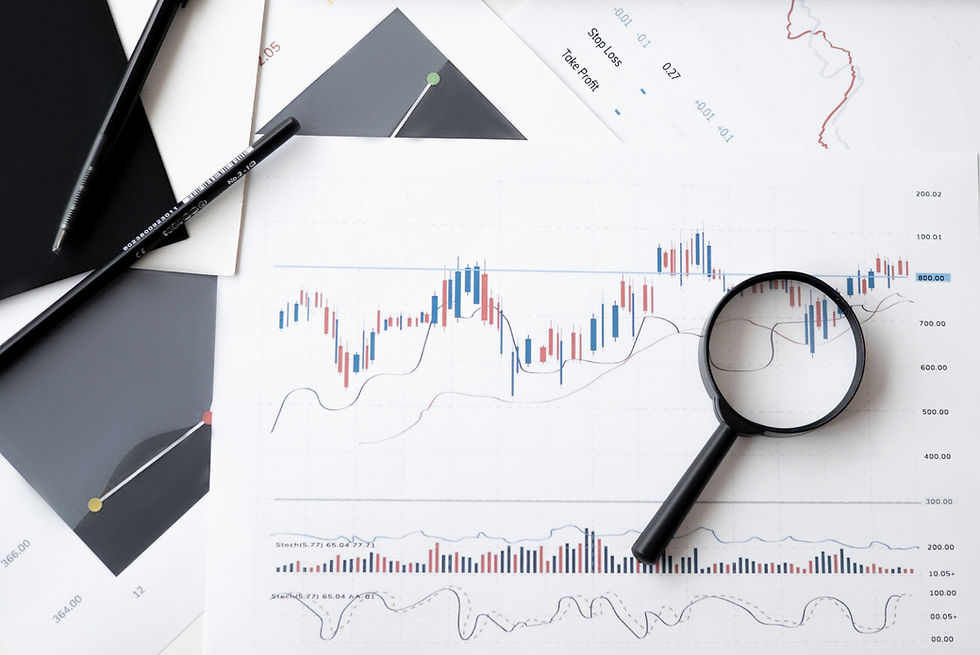
"Predictive analysis is the compass into the storm that is health" -Yoshua Bengio
Predictive Analytics
Predictive Analysis Systems are transforming healthcare every day, emerging as the rhythmic pulse that re-writes the future of health and medicine. Predictive analysis is defined as the processing and interpretation of data to forecast future outcomes. Over the past few years, these algorithms and models have proven to be an essential asset to medical professionals all over the world. By being able to predict and analyze disease and health issues, doctors can improve the lives of millions.
How does Predictive Analysis work?
In a nutshell, predictive analysis is simply the ability to draw future predictions based on current or existing data. These technologies use a blend of artificial intelligence, machine learning, and data science to identify patterns that can save time, energy, and money for healthcare professionals. These algorithms derive information from the huge database of US patients and all the data that hospitals and medical locations store.
What type of predictions can we make?

These are some of the predictions modern predictive models can make:
Personalized Treatments
Modern analytics systems can use vast amounts of information about previous patients and their complications and cases to tailor and customize the course of treatments for current patients.
Healthcare Digitalization
Predictive analysis is an active player in the ongoing transformation of healthcare systems by digitalization. They analyze historical and real-time data to improve resource allocation and enhance the efficiency of healthcare services.
Reduce Healthcare costs
Predictive analysis helps re-examine where resources can be utilized more efficiently. These models aid in cost reduction, resulting in more cheap and sustainable healthcare through the prediction of illness patterns, the avoidance of hospital readmissions, and the optimization of resource allocation.
Identify at-risk patients
Using patient health data, predictive algorithms can determine who is most likely to develop a particular disease. Because of this early detection, medical practitioners can take proactive actions to enhance patient outcomes and lessen the overall load on the healthcare system by implementing preventive measures.
How is predictive analytics growing?

Technological Advancements
Significant advances in technology such as processing power have led to an increase in predictive analytics. These developments help businesses to handle and analyze massive amounts of data more efficiently. More accurate and potent prediction models are developed by improved algorithms and complex modeling and are often fueled by machine learning. Predictive analytics should become much more useful as technology advances, leading to more industry usage.
More Data Available
Predictive analytics has become increasingly popular due to the availability of data. Organizations have access to a wide variety of datasets. Predictive analysis can find lots of information from these databases, and they can be used for pattern recognition. More importantly, the availability of data has implications far beyond the sector of healthcare, proving predictive analysis models as a viable tool for businesses.
ROI or Return on investment
The focus on achieving a positive ROI is a major factor behind the growth of predictive analytics. Companies and organizations are increasingly looking for profit from their data analytics investments. Effectively implemented predictive analytics can improve efficiency and revenue. When organizations see the impact of predictive models they are more likely to invest more in predictive analytics, which is why it's growing. On top of this, a clear and favorable ROI will also contribute to the encouragement of predictive analytics not just in healthcare but other sectors.
One More Thing
Predictive analysis has been at the center of numerous ongoing conflicts over patient privacy. This is partly because a lot of it deals with vast amounts of data. Not only does this raise moral and ethical questions, but also adds to the argument that predictive analysis isn't ready for real-world implications yet. The truth here, however, is that predictive analysis will get safer and more secure as time goes on. For now, simple folks must understand that it is necessary to leverage data as a tool to develop these predictive analytics models and speed up new advances in healthcare.

Comments